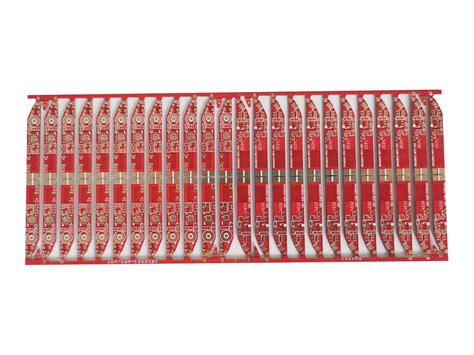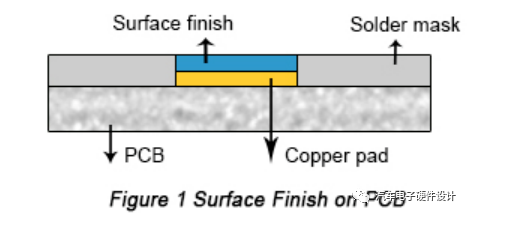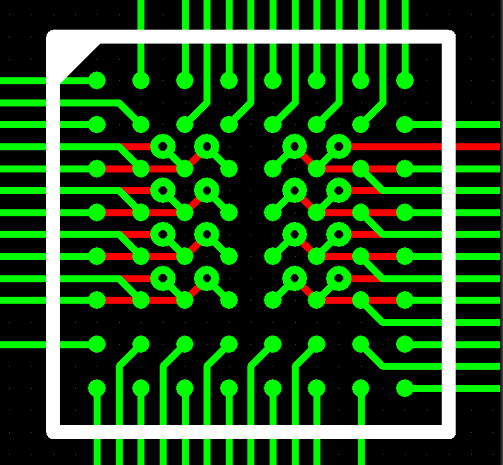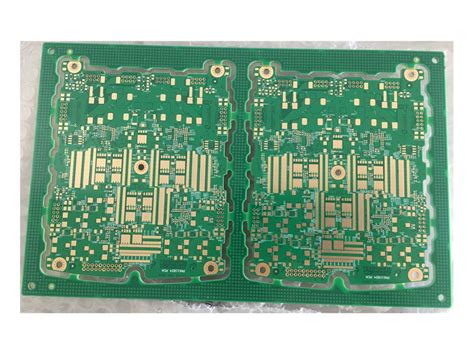Enhancing PCB Board Sharpness for Optimal Performance

Key Takeaways
Enhancing PCB board sharpness is crucial for achieving optimal performance in electronic applications. Understanding the importance of sharpness in your designs is the first step towards ensuring reliability and efficiency in your products. The design considerations you implement can significantly impact this sharpness, so focusing on precision in layout and trace routing should be a priority. When it comes to material selection, choosing the right substrates and finishes can greatly influence the overall performance of your boards, as they must withstand various operational conditions. Additionally, considering various manufacturing processes is essential; a tight collaboration with experienced PCB manufacturing companies can lead to innovative techniques that enhance sharpness while keeping an eye on the pcb manufacturing cost. Understanding the nuances of the pcb manufacturing business can also provide insights into optimizing production without compromising quality.
“Investing in enhanced PCB board sharpness today will pay dividends in reliability and performance tomorrow.”
To evaluate sharpness effectively, integrating testing protocols and quality assurance techniques into your workflow is necessary, ensuring that each board meets established standards before reaching your customers. Remember, the pursuit of improved PCB board sharpness goes hand-in-hand with staying informed about future trends that could revolutionize both design and manufacturing. Engaging consistently with industry developments will position you favorably for sustained success in a competitive marketplace.
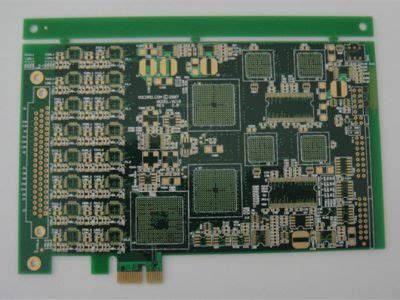
Understanding PCB Board Sharpness: Importance and Impact
In the realm of electronics, the sharpness of a PCB board plays a critical role in defining overall performance and reliability. When you consider pcb manufacturing, understanding sharpness can significantly impact your decision-making as it relates to design precision and functionality. A sharp PCB design reduces cross-talk and signal degradation, which are critical factors in high-frequency applications. Thus, investing in superior pcb manufacturing companies can provide you with the advanced capabilities required to achieve this precision.
Moreover, the cost associated with achieving enhanced sharpness should not be overlooked. While pcb manufacturing cost may vary depending on material selection and complexity of the design, the long-term benefits often outweigh these initial investments. A well-designed PCB minimizes misalignments and defects that could lead to increased failure rates, making it a worthwhile addition to your pcb manufacturing business.
Including specific techniques for enhancing sharpness, such as fine-tuning line widths or utilizing advanced layer stacking methods, can create a notable difference in performance. To quantify these improvements, it’s important to evaluate metrics related to electrical performance in testing phases.
| Metric | Impact of Sharp PCB Design |
|---|---|
| Signal Integrity | Improves with sharper lines |
| Cross-Talk Reduction | Significantly decreases |
| Reliability | Increases with precision |
Focusing on these aspects while engaging with manufacturers will allow you to implement effective strategies for achieving optimal PCB board performance that stands out in today’s fast-paced electronics market. As such, understanding the importance of PCB board sharpness will help you secure competitive advantages in your projects and endeavors.
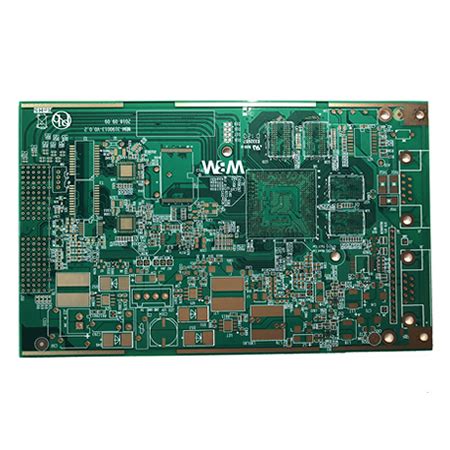
Key Design Considerations for Enhanced PCB Board Sharpness
When considering PCB board sharpness, it is crucial to focus on several design elements that can significantly impact overall performance. First, you should prioritize the layout of components, ensuring that traces are kept short and obstacles are minimized. This approach helps mitigate signal loss and enhances signal integrity, which is essential for optimal functionality. Additionally, selecting appropriate materials plays a significant role in achieving desired sharpness levels. For example, using high-quality substrates in your PCB manufacturing process can enhance conductivity and reduce unnecessary resistance.
Furthermore, the depth of the pcb manufacturing business involves understanding how various manufacturing processes affect your designs. Techniques such as controlled impedance and precision etching not only enhance sharpness but also contribute to the longevity and reliability of your boards. It’s advisable to collaborate with reputable pcb manufacturing companies to adopt best practices in your projects. Consideration of these factors will directly influence your pcb manufacturing cost while aiming for high standards and craftsmanship in electronic applications.
By meticulously addressing these design considerations, you can ensure that your PCB designs adhere to industry standards while optimizing performance characteristics essential for modern electronics.
Material Selection for Optimal PCB Performance
Selecting the right materials is crucial for achieving optimal PCB performance. When you consider your pcb manufacturing needs, you should focus on materials that enhance both the electrical and mechanical properties of your designs. High-frequency applications, for instance, benefit from FR-4 substrates, known for their excellent dielectric properties and thermal stability. Additionally, ceramic or polyimide materials may be suitable for environments demanding even higher performance due to their superior heat and chemical resistance.
The choice of materials directly impacts the overall cost of pcb manufacturing; thus, it’s essential to balance quality with budget constraints. Understanding the pcb manufacturing cost variations can help you choose components that not only meet performance metrics but also align with your financial expectations. If collaborating with various pcb manufacturing companies, ensure they are capable of sourcing high-quality materials that meet strict industry standards.
Furthermore, consider how different materials can influence the longevity and reliability of your final product in electronic applications. It’s vital to engage in thorough research about the material properties related to thermal conductivity, moisture absorption, and brittleness before making decisions. Such an informed choice will significantly enhance your pcb manufacturing business, leading to improved client satisfaction and reduced wastage during the production phase. Remember, every decision you make regarding material selection can have lasting implications on both performance and cost efficiency throughout the life cycle of your PCBs.

Manufacturing Processes that Improve PCB Board Sharpness
To achieve exceptional sharpness in your PCB boards, it is essential to focus on innovative manufacturing processes that enhance precision and reliability. One key aspect of enhancing sharpness lies in the etching techniques employed during production. Advanced methods such as laser etching can produce cleaner and more defined edges compared to traditional chemical etching. As you explore various pcb manufacturing companies, look for those that utilize cutting-edge technologies to elevate their production quality. It’s also vital to consider the pcb manufacturing cost; investing in high-quality processes often leads to better long-term performance and decreases the likelihood of defects during fabrication. Moreover, optimizing the layer alignment process can vastly improve the accuracy of your boards, thereby ensuring that each layer adheres correctly without compromising sharpness. Ultimately, understanding these advanced methods will position your pcb manufacturing business for success in a competitive market, allowing you to deliver products that stand out for their precision and durability while minimizing waste and reducing costs over time.
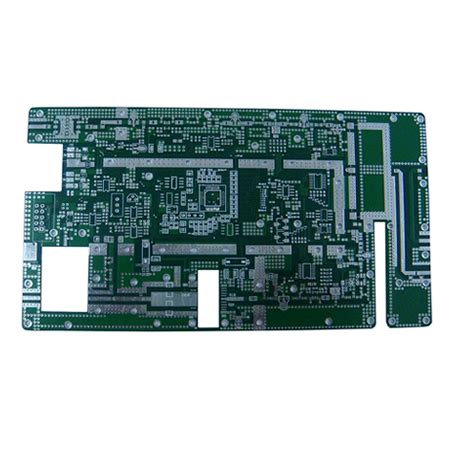
Evaluating Sharpness: Testing and Quality Assurance Techniques
To ensure that your PCB board sharpness is consistently optimal, implementing rigorous testing and quality assurance techniques is essential. One effective method involves utilizing advanced imaging and optical inspection systems that can detect even minute variations in the board’s sharpness. These systems are capable of providing real-time data on the precision of the PCB manufacturing process, allowing you to identify any potential defects early on. Additionally, employing surface mount technology (SMT) inspection systems can significantly improve your outcomes, as they assess both the physical dimensions and the positional accuracy of components on the PCB. When working with PCB manufacturing companies, ensuring they adhere to strict quality standards will enhance your confidence in their manufacturing processes, which directly influences board sharpness and overall performance.
To further evaluate sharpness, consider implementing automated testing methods such as electrical testing or functional testing, which assess not only physical attributes but also performance under operational conditions. Incorporating these techniques can help you tailor your designs to enhance reliability while controlling pcb manufacturing costs efficiently. As you refine your approach, remember that a focus on comprehensive quality assurance is not just about finding faults; it’s about fostering a culture of excellence within your pcb manufacturing business that prioritizes performance, precision, and reliability at every stage of production.
Case Studies: Successful Implementation of Enhanced PCB Sharpness
Examining real-world applications illuminates how various pcb manufacturing companies have successfully integrated techniques to enhance PCB board sharpness. One noteworthy case involved a tech start-up that sought to create a high-frequency circuit board. By focusing on precise design considerations, they modified their schematics to ensure optimal trace width and spacing, acknowledging that even minor deviations can affect performance. The choice of materials played a critical role in their success; they selected high-quality substrates that not only supported sharp features but also reduced signal loss, ultimately affecting the pcb manufacturing cost favorably by minimizing rework and failures.
Another example can be found in a larger established firm which tweaked its manufacturing processes by adopting advanced laser etching techniques. This not only increased the sharpness of the board edges but also improved production efficiency—a crucial factor for any growing pcb manufacturing business. Implementing rigorous testing mechanisms ensured that every batch met the desired standards for sharpness, reinforcing the importance of quality assurance in maintaining brand reputation. These case studies highlight that strategic decisions regarding design, materials, and processes substantially impact both the capability and reliability of PCB performance in any given application.
Future Trends in PCB Design and Manufacturing for Enhanced Performance
As the landscape of electronics evolves, the PCB manufacturing sector is witnessing remarkable transformations. You may find that pcb manufacturing companies are increasingly focusing on advanced technologies that enhance the overall sharpness and precision of PCB boards. These innovations not only boost performance but also significantly reduce the pcb manufacturing cost by streamlining processes and minimizing material waste. One of the most promising trends is the integration of automation and AI in pcb manufacturing business, which enhances design accuracy and optimizes production workflows. Additionally, you should pay attention to emerging materials that offer superior electrical performance, enabling your PCB designs to meet the growing demand for faster, more reliable electronic devices. As you explore these future trends, consider how they can contribute to your specific projects and help you stay ahead in a competitive market for electronic applications. The adoption of smart technologies combined with effective material selection will undoubtedly play a crucial role in shaping the future of PCB board sharpness while ensuring optimal performance and reliability.
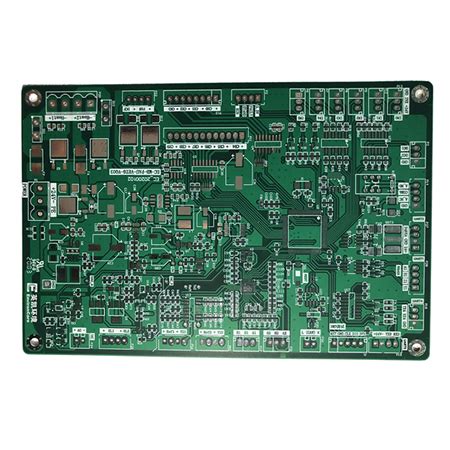
Conclusion
In summary, enhancing PCB board sharpness is a critical aspect that directly influences the overall performance and reliability of electronic applications. By understanding the importance of design precision, you can significantly impact the sharpness of your PCB. The choice of materials plays a vital role as well; selecting the right options can enhance both performance and durability. Furthermore, collaborating with reputable PCB manufacturing companies can streamline your design process, ensuring that the manufacturing methods align with industry standards. Understanding the PCB manufacturing cost is also paramount, as it can affect your project’s budget while still striving for quality and efficiency. As you continue to explore this field, consider how innovations in the PCB manufacturing business are evolving and may present new opportunities for improving sharpness and overall quality in future designs. Paying attention to these factors not only helps in achieving optimal performance but also in establishing a solid foundation for reliable electronic devices that meet market demands.
FAQs
Q: What is PCB board sharpness, and why is it important?
A: PCB board sharpness refers to the precision and clarity of the features on the printed circuit board. It’s crucial for ensuring that electronic components fit correctly, minimizing the risk of failures and enhancing overall performance in various applications.
Q: How can I enhance the sharpness of my PCB boards?
A: You can enhance sharpness through meticulous design practices, accurate material selection, and employing advanced manufacturing processes. Collaborating with reputable PCB manufacturing companies can also lead to superior results.
Q: What are some common techniques used in improving PCB board sharpness?
A: Techniques include optimizing layout design for feature spacing, selecting high-quality substrates that facilitate precise etching, and utilizing state-of-the-art machining technologies during pcb manufacturing processes.
Q: How does material selection contribute to PCB performance?
A: Choosing the right materials affects not only sharpness but also pcb manufacturing cost, electrical performance, thermal management, and overall durability. High-quality materials ensure that boards can withstand rigorous operational conditions.
Q: What factors should I consider when choosing a PCB manufacturer?
A: Look for manufacturers with a proven track record in quality assurance, advanced technology capabilities, clear communication regarding costs and timelines, and favorable customer reviews. This ensures you’re investing in a reliable pcb manufacturing business.
For more insights into enhancing your PCB performance through quality manufacturing techniques, please click here.

